Before:
In gym class, she was always slower than her classmates during the Pacer test. In gymnastics class, her cartwheels never looked quite the same as the other kids. And a small push from her friend in the hall left her on the floor with a bloody nose.
Still, it didn’t stop her from playing sports such as lacrosse and ballet, hoping not to fall behind her peers. But by eighth grade, Lainey began to notice a bigger difference.
“I was taking the bus, and I started noticing as I went down the bus stairs that something felt weird with my legs. I thought, ‘I can’t go as fast as the other people,’ Lainey said. “I started getting mad at myself for it, and it became a constant fight with my body and my mind.”
She didn’t want her classmates to know, so she started walking behind the other kids after she got off the bus so they wouldn’t see her legs. But it wasn’t a good long-term solution, so eventually Lainey brought it up to her parents. She told them that she thought something was wrong with her legs.
“I noticed that it would get worse in situations where I was anxious,” Lainey said. “If I were walking in a crowd of people, I could feel my legs tighten up.”
Lainey and her parents had many guesses about what caused the odd feeling in her legs. It could have been social anxiety, as she was an anxious child and only grew more anxious after COVID-19. Maybe she was knock-kneed, or because she wore large platform shoes too often.
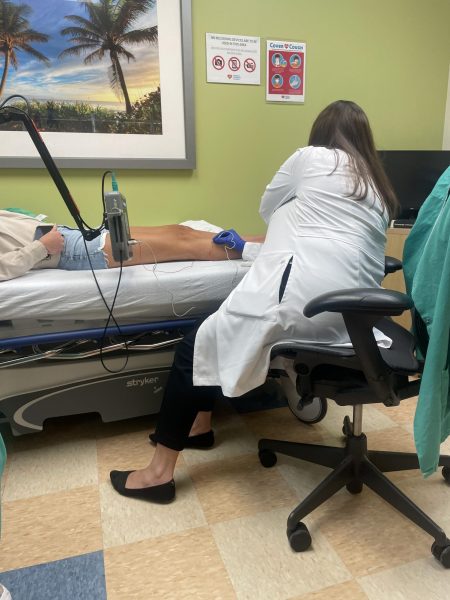
Eventually, they decided to get it checked with an orthopedic doctor to rule out anything serious. At the appointment, they ran X-rays and found a clonus, a condition that made the muscles in her leg shake when her foot was stretched a certain way. This raised concerns because clonus usually accompanies spinal issues, which could mean a tumor associated with the spine.
When the word “tumor” came out of the doctor’s mouth, Lainey’s mom, Kelle Hampton, panicked.
“I started spiraling, thinking, cancer,” Kelle said.
Then, the tests started. They went to a pediatric neurologist and ran four different MRIs, all of which came back clear. Still trying to figure out what was causing the issues, they ran tests for over a year, but couldn’t receive a clear answer. It was hard for Kelle to watch Lainey be frustrated with her body and unable to do anything.
“When you’re seeing someone degenerate like that in their teens, you know, there’s something terribly wrong,” Kelle said.
By the beginning of junior year, their family left behind Florida for a fresh start after Lainey’s parents divorced. At this point, she was attending online school due to her condition worsening. Her dad stayed in Florida while her mom took her and her siblings to Michigan, a place they’d spent their summers growing up
“Naples felt like such a bubble,” Lainey said. “When I moved here, I realized how genuine people are, and I’ve always felt a special connection to Michigan.”
As Lainey and her family settled into their new life in East Lansing, they were still searching for answers. While they searched, they were met with nights full of pain and uncertainty.
“There were several times in the middle of the night when she would call me from her cell phone upstairs just sobbing, saying ‘something is terribly wrong, my legs are so stiff,’” Kelle said. “One night we were in bed crying together, and I remember she said, ‘What if I die?’”
By the summer of 2023, they’d ruled out an array of different conditions, and the doctors decided that Lainey might have Functional Neurological Disorder (FND). FND can’t be diagnosed, but it is usually decided when doctors have ruled out many alternate possibilities.
As Lainey and her mom started researching FND, they read stories of people being miraculously healed through different therapies. They became excited by the prospect of having a diagnosis to treat, so Lainey was enrolled in a weeklong physical therapy program called the Recovery Project in Lansing that claimed to heal the person by the end of the week. In the program, they focused on exercises that distracted the brain, like bouncing a balloon with a tennis racket, so the brain doesn’t only focus on walking. When the program ended, Lainey felt stronger.
Even though she had finally received some answers, Lainey wasn’t convinced that FND was the right diagnosis.
“I would almost get mad at [Lainey] when she said it wasn’t FND because ‘that’s what we want it to be,’” Kelle said. “She would just say, ‘I just have a feeling there’s something else going on.’”
While they were doing the program to treat FND, they awaited results from genetic tests they’d run on Lainey. From the tests, they found out that she carried the gene that could cause this disease. But the gene in her case was recessive, meaning that it would not cause issues unless it was inherited from both of her parents. They swabbed her mom and dad and continued to wait.
Then, in December 2023, doctors called. An appointment was scheduled for one week before Christmas. In case of bad news, Kelle decided to move the appointment to January.
“It was the kids’ first Christmas,” Kelle said. “And I wasn’t going to ruin everybody’s Christmas.”
During:
Then came the morning of Jan. 16, 2024. Kelle and Lainey drove out to Beaumont Hospital to receive the news.
“I had called one of my best friends, and she told me, ‘before you go, why don’t you FaceTime me?’” Kelle said. “I don’t want you to be alone.”
Despite their lingering feelings of anxiety and dread, the two women focused on a peaceful image of a blue butterfly against the wall of the room, waiting for the doctors to arrive. Eventually, a neurologist, a geneticist and a medical student began filling the small room, making small talk about the holidays and plans. Kelle was filled with dread. After countless doctors’ appointments she knew that small talk meant they were trying to lighten the mood before delivering a devastating blow. She was right.
Hereditary spastic paraplegia. Type five.
The words echoed around the small room, and Lainey and Kelle both burst into tears. After she was able to talk, Lainey had questions.
“How long do I have to live?”
“Can I be a mom?”
The doctors assured her that this wouldn’t have any impact on her life expectancy or ability to parent. Then, they started to schedule plans for physical therapy and rehabilitation. Lainey remembered an odd feeling of relief once they had the diagnosis.
“But it was also very sad because I was grieving the hope I’d had that there was a cure,” Lainey said.
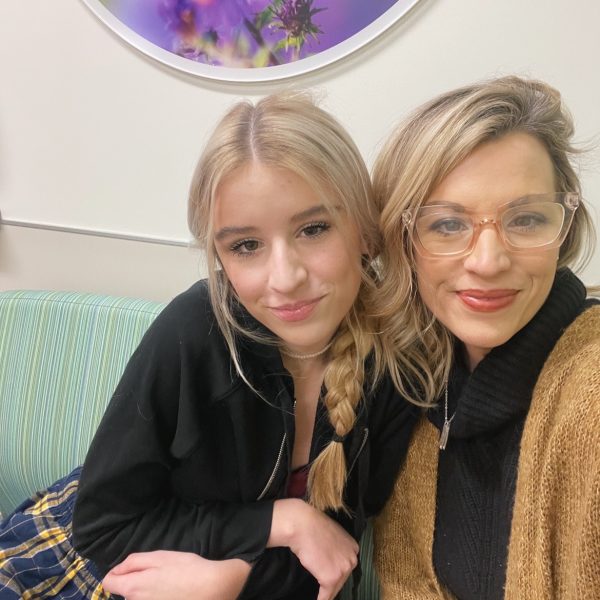
The hour-and-a-half car ride back was filled with sobs, both mourning a life that neither would have again. The two found that sharing in each other’s grief strengthened their bond. Soon into the drive, Kelle received a phone call from ELHS Math teacher Maggie Moore. They had been so wrapped up in the stress and grief of awaiting a diagnosis that they had forgotten Lainey was due to begin going back to school in-person.
“She called and goes ‘good news, Lainey starts tomorrow’ and I just broke down,” Kelle said, “I said ‘She can’t, we are on our way home. We just got a diagnosis, and it’s not what we wanted.”
Moore immediately got to work emailing all ELHS staff members and enlisted the help of two ELHS students, Maggie Swords (12) and Luci Hylen (11), in an attempt to make this difficult transition as smooth as possible. When Lainey arrived at her aunt’s house that night, Swords and Hylen were waiting with a huge basket full of funny gifts to try and lift her spirits.
“I went downstairs to make calls to my family, and I’m crying the whole time, and all I hear is just uproarious laughter coming from Lainey and the girls,” Kelle said, “It was a super healing night.”

After:
Later in January, Lainey began school at ELHS. Returning to in-person school in an entirely new environment since she began her hospital-homebound education in 2023 was already nerve-wracking. But, with a new diagnosis, new home and new school, Lainey had even more to adapt to.
She knew it would be anything but easy.
“School is a really big challenge and it has been ever since I moved here, because that’s when my legs started getting bad,” Lainey said.
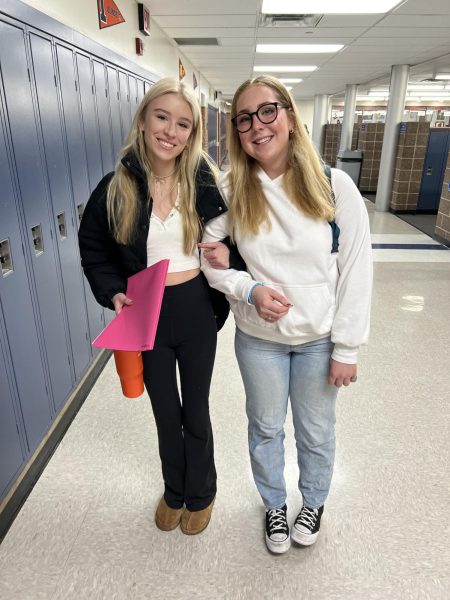
Initially, Lainey was not open to using mobility devices like walkers. Throughout the school day, she had teachers or students help her get from class to class. However, this left her feeling as if she were more of a responsibility than a person.
“That was really tricky because, emotionally, it’s hard to depend on people,” Kelle said. “She was already in this state of independence that was so far behind others.”
Seeing how her daughter struggled in school, Kelle thought introducing mobility devices would allow Lainey much-needed independence.
“I wanted it to be her decision,” Kelle said, “But there were times when I had to step in and be like, ‘I actually think it’s going to free you.’”
By the winter of 2025, Lainey came around to the mobility devices. But rather than just accepting that she had to use them, she romanticized it. Lainey decided that she was comfortable with her disability. She would rather people talk about her condition and ask questions than shy away from the conversation.
“I think before everything happened I might have looked at someone in a wheelchair and thought to myself, ‘Oh, that sucks, right?’” Lainey said, “But now, after experiencing it, I want to show what it is actually like and for people to look at [disabled people] as stronger and admire their resilience.”
On March 29, following a spring break trip to her hometown in Florida, Lainey made the decision to share a post about her condition on her Instagram. Running a social media account had always been a goal for Lainey, as she grew up watching her mom have an active presence on Instagram and Facebook. Lainey aimed to have people see her as an example of someone who lived with this condition. Still, she didn’t let it define her.
“Seeing the places where I used to run and walk, like the beaches I used to go to, and like my old house and my old neighborhood and everything, I pictured my younger self,” Lainey said. “I was like ‘OK, I can’t keep hiding myself from the world, being scared to share my story. I need to put myself out there.’”
Moving forward, Lainey hopes to devote her life’s work to helping people with disabilities. She plans to attend MSU this fall and major in psychology with the goal of becoming a therapist.. Additionally, she is interested in starting a business that focuses on making medical devices, like walking aides or wheelchairs, look less medical to fight the stigma.
“I found pictures of girls in wheelchairs that I put up in my room,” Lainey said. “On the days where I doubt myself, I look up to them as a reminder, ‘This is who I’m doing this for. This is who’s gonna look up to me.’”
Currently, there isn’t a cure for Lainey’s type of hereditary spastic paraplegia. But doctors know the cause of it and are consistently working towards a cure. She’s hopeful it might happen in her lifetime so she can walk again.
In the spring of 2024, Lainey participated in a research study group through Harvard, where they took a skin sample and studied the way she walked. She felt good knowing that her contribution brought them closer to finding the cure.
“I’m desperate. I just want to walk again. I would do anything,” Lainey said. “But I truly believe that there’ll be a cure someday, and I’ll remember what it feels like to run.”
Though hopeful for a cure, Lainey knows that without it, this condition will be something she lives with for the rest of her life. But alongside her mother, she plans to fight it with positivity and humor. To her, there’s no other choice.
“I told my mom, ‘Watch me. Watch me, make the best of it,’” Lainey said. “‘Watch me find myself in this and make it be.’”







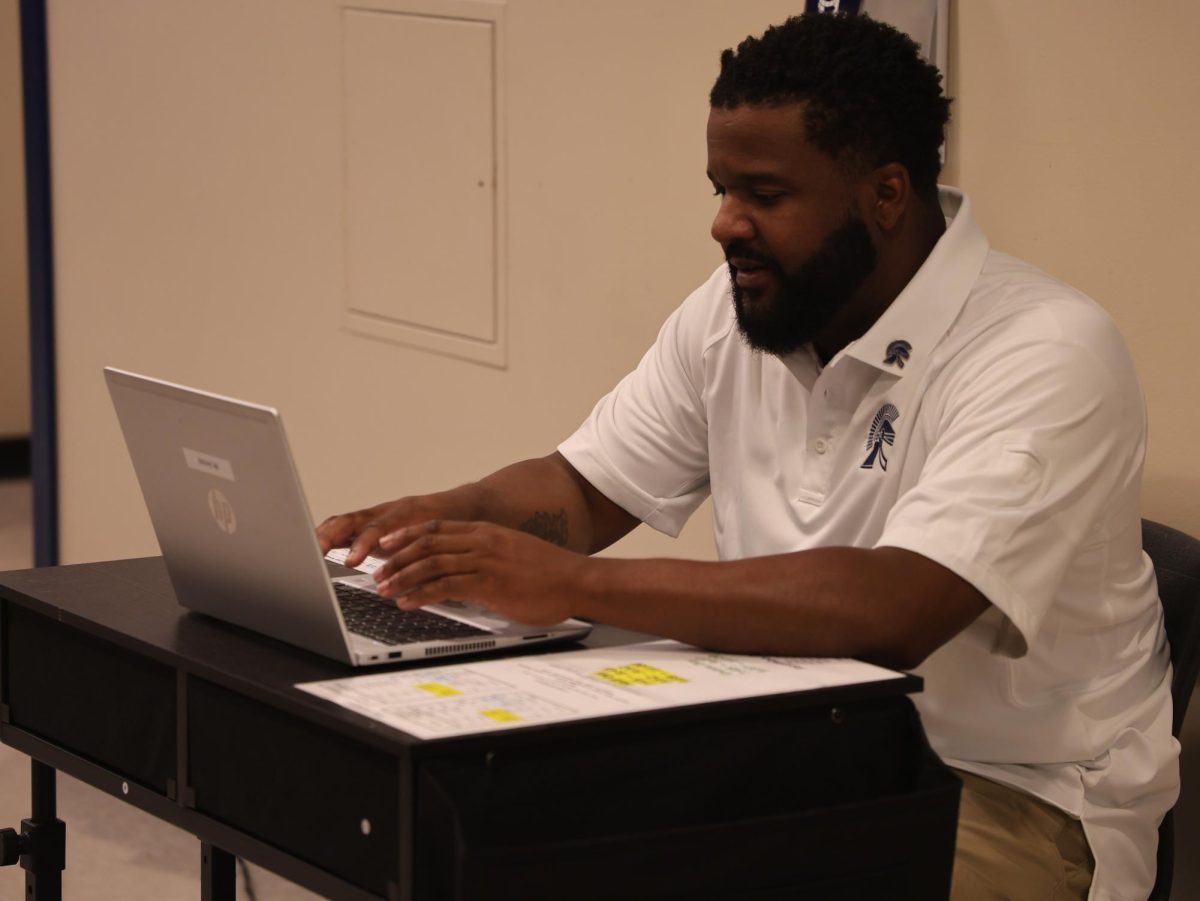
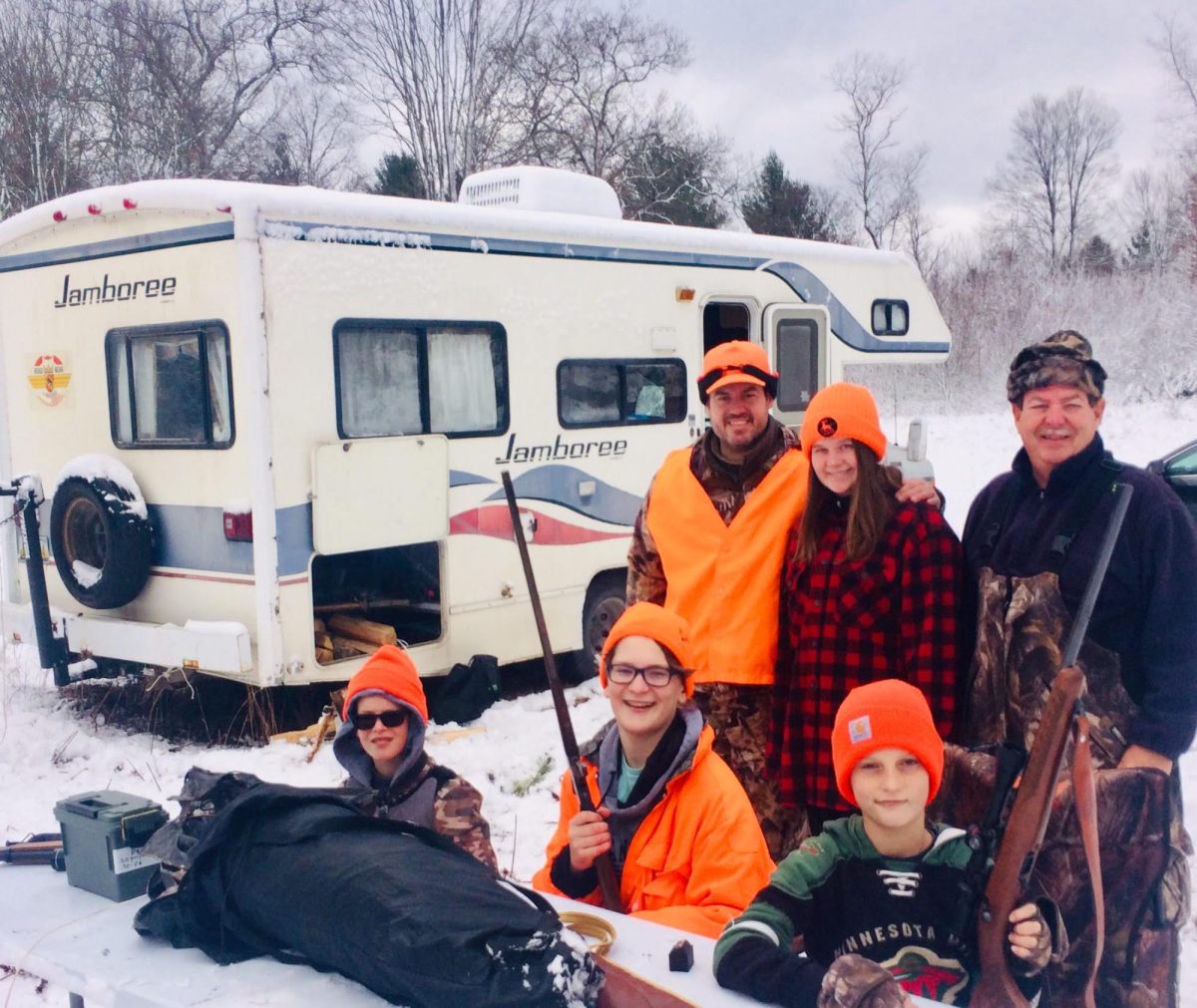



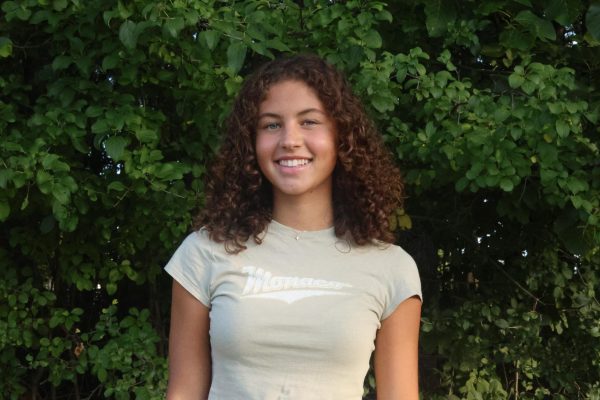
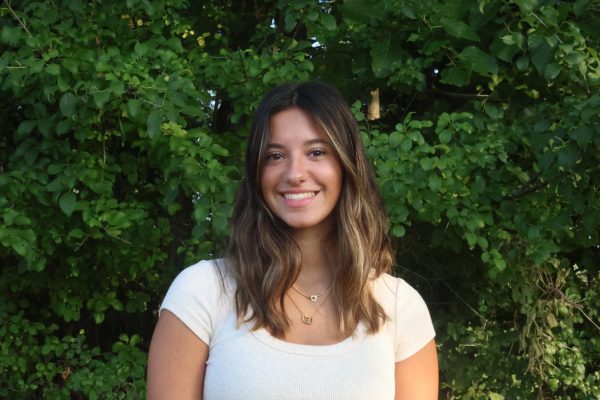
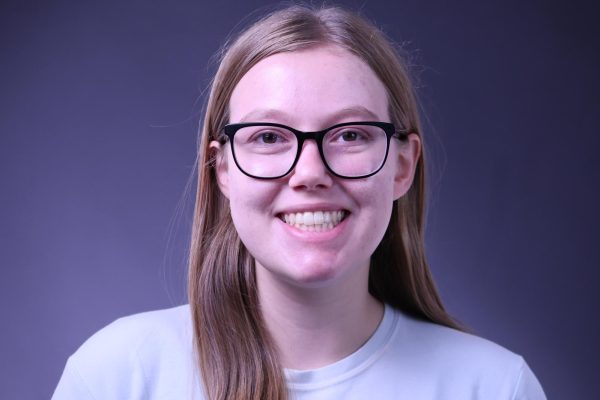
Amanda Baxter • May 3, 2025 at 12:00 am
Thank you so much for sharing. It is inspiring to learn more about Lainey and how she is handling this challenge. Rooting for her.
Jen • May 2, 2025 at 10:54 pm
This feature is incredibly well written, incredible work! I learned so much as I laughed and cried and found myself inspired. Thank you. And Lainey, you are a truly remarkable young woman.
Mary Morrison • May 2, 2025 at 8:02 pm
Thank you Lainey for sharing your story. You are a strong young lady & you will make a huge difference for those you come after you. Praying for you sweetheart! Love you
Natalie • May 2, 2025 at 7:14 pm
So proud of you Lainey, you are and will adapt brilliantly, I have no doubts about this. So inspiring and last but nor least, YOU are sooo beautiful, inside and out. May God surround you with only kind and helpfull people. Strong hug to you and your family ❤️
A fooliwer since Nella’s beuatiful birth’s story ❤️
Ps. I am hard of hearing and just had a CI implated last September, so I know how it is to live with a disability. But it does not define who we are
Margaret Vauthier • May 2, 2025 at 4:54 pm
You are a very very brave girl who will do great things in your life! I’ve followed your family since you were tiny and know what a great, supportive group you have around you. I wish you and all your family the very best as you navigate your world and accomplish so much for yourself and others through your hard work and dedication! I feel proud to know there are strong young women like you in this world. ❤️
Molly • May 2, 2025 at 1:07 pm
What a great article! I learned so much about HSP and Lainey’s experience. Lainey is amazing! Thank you for focusing on Lainey and HSP!